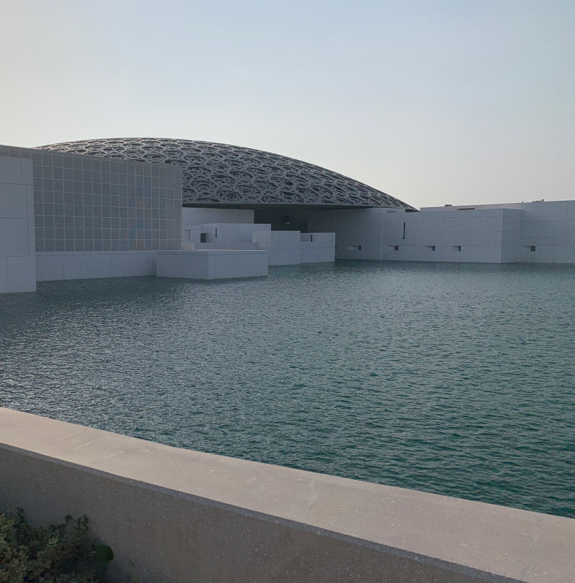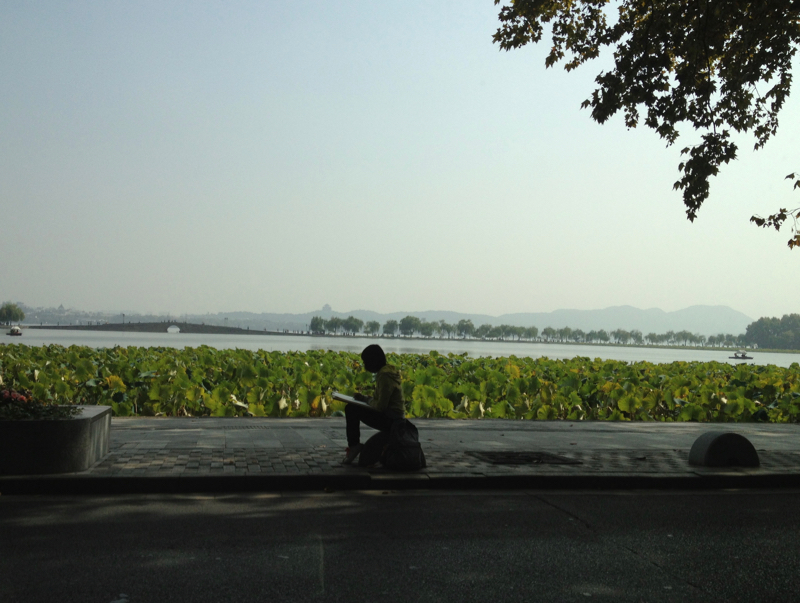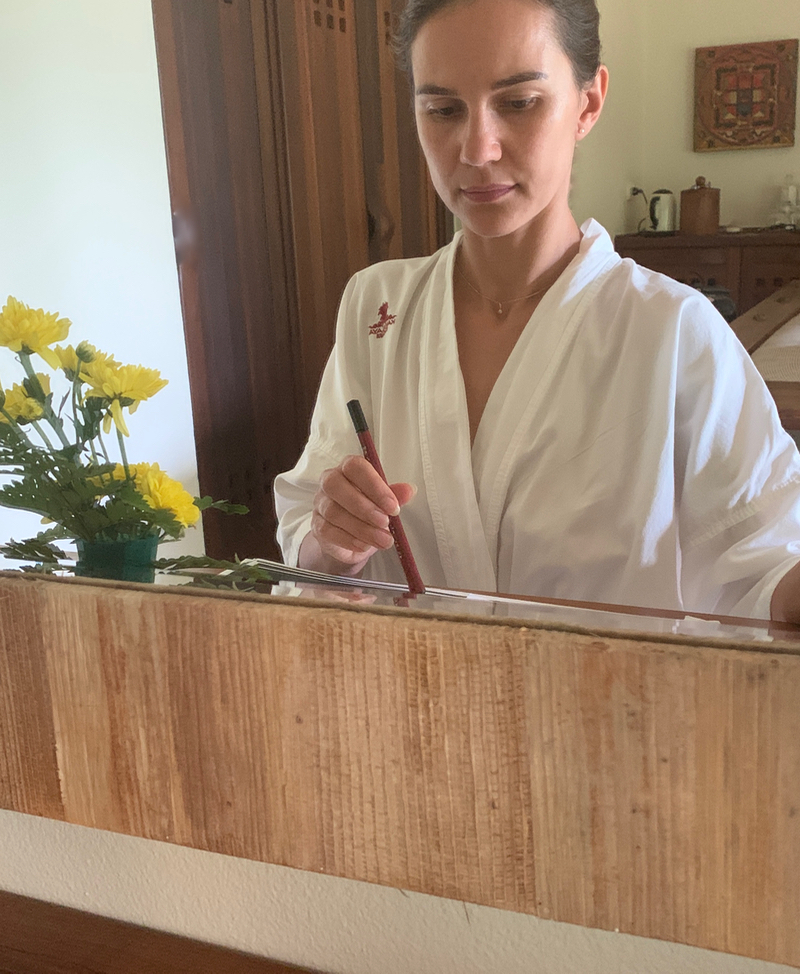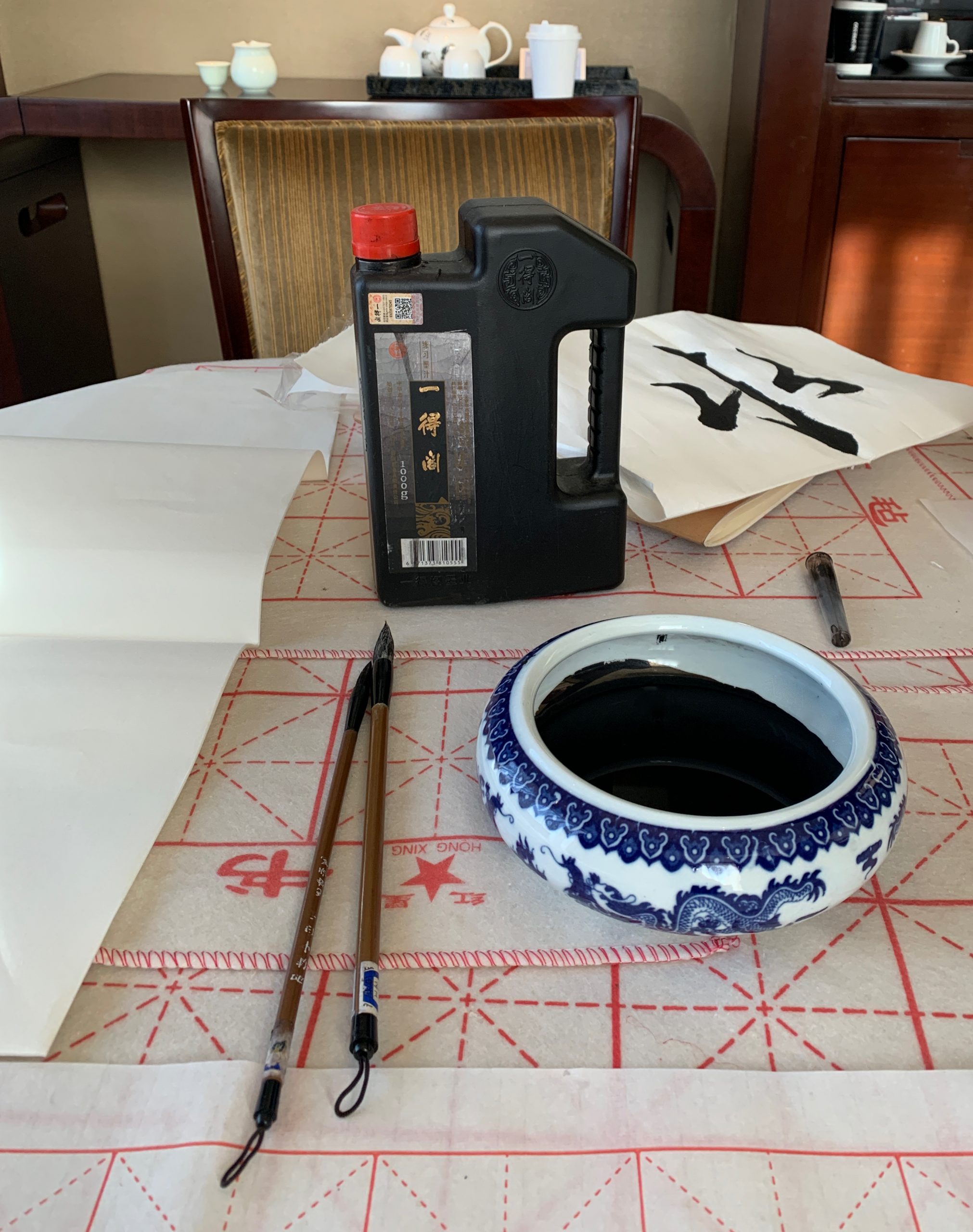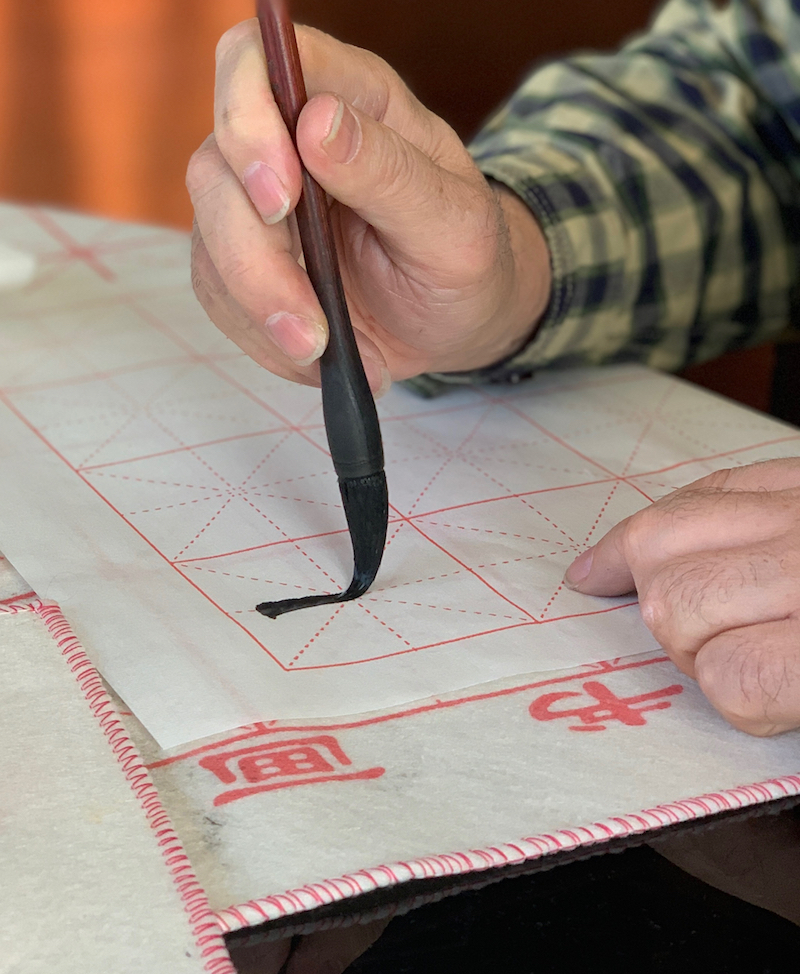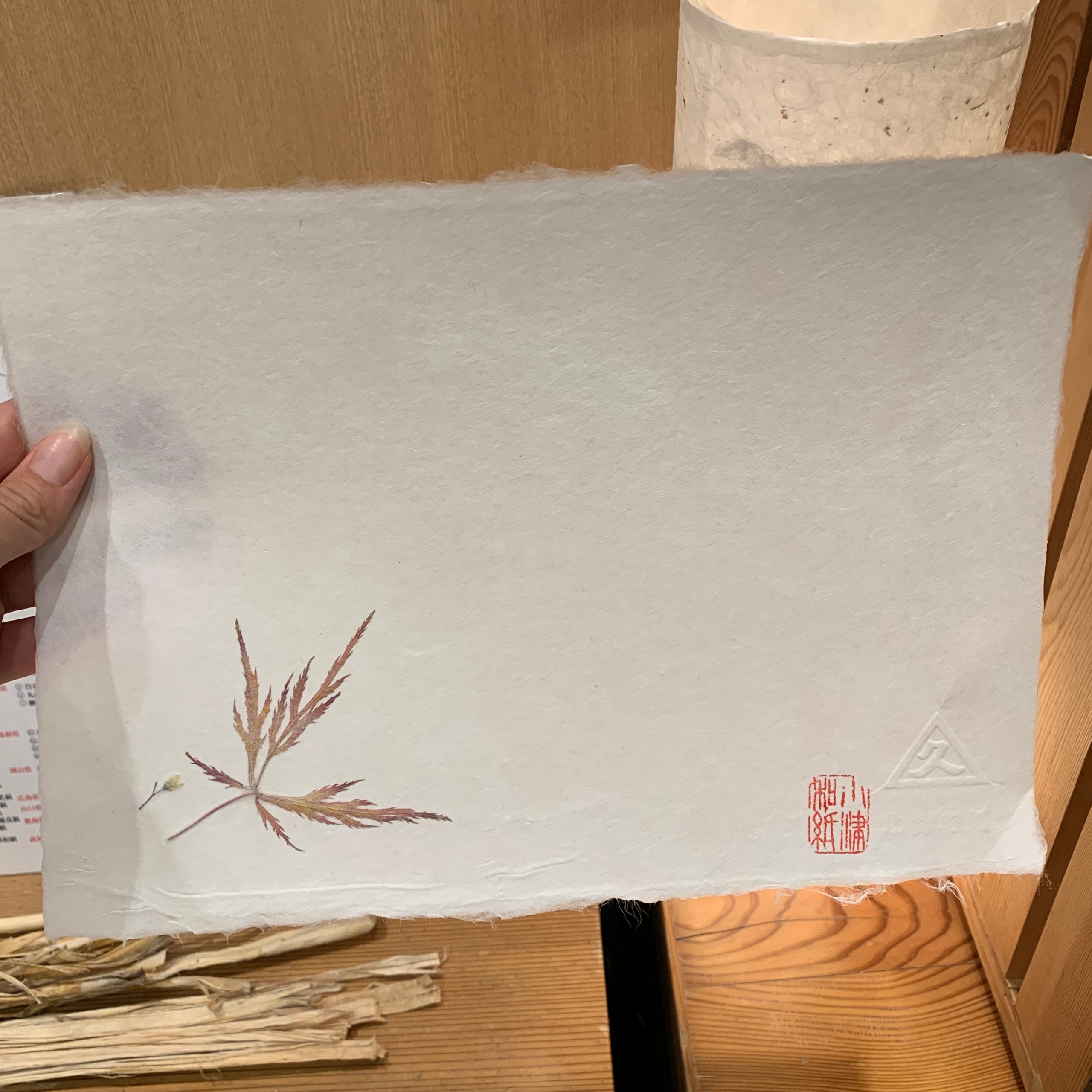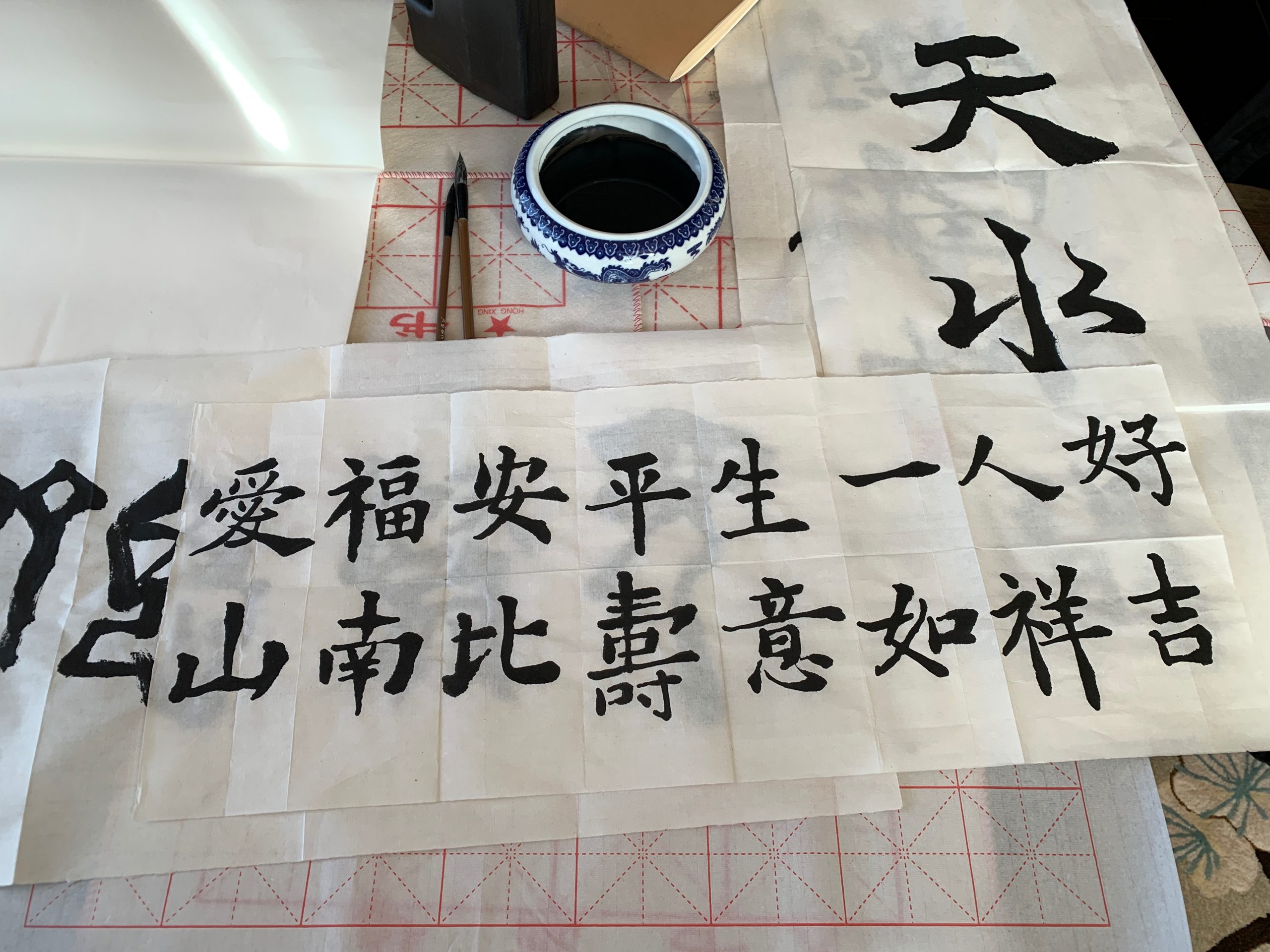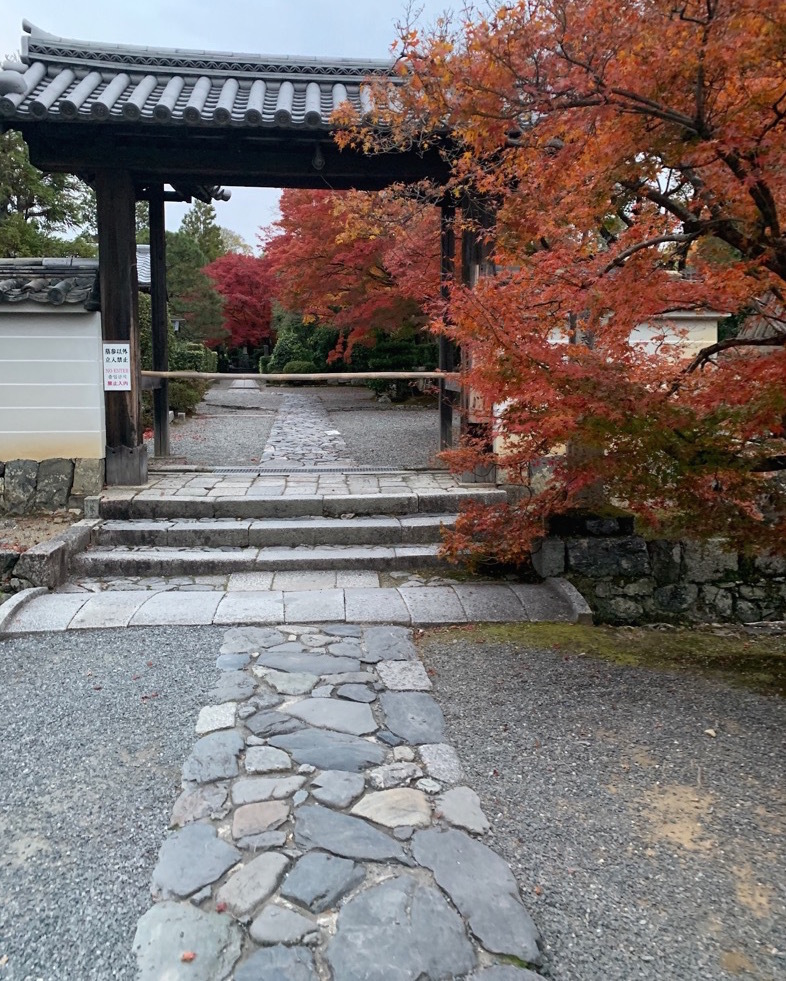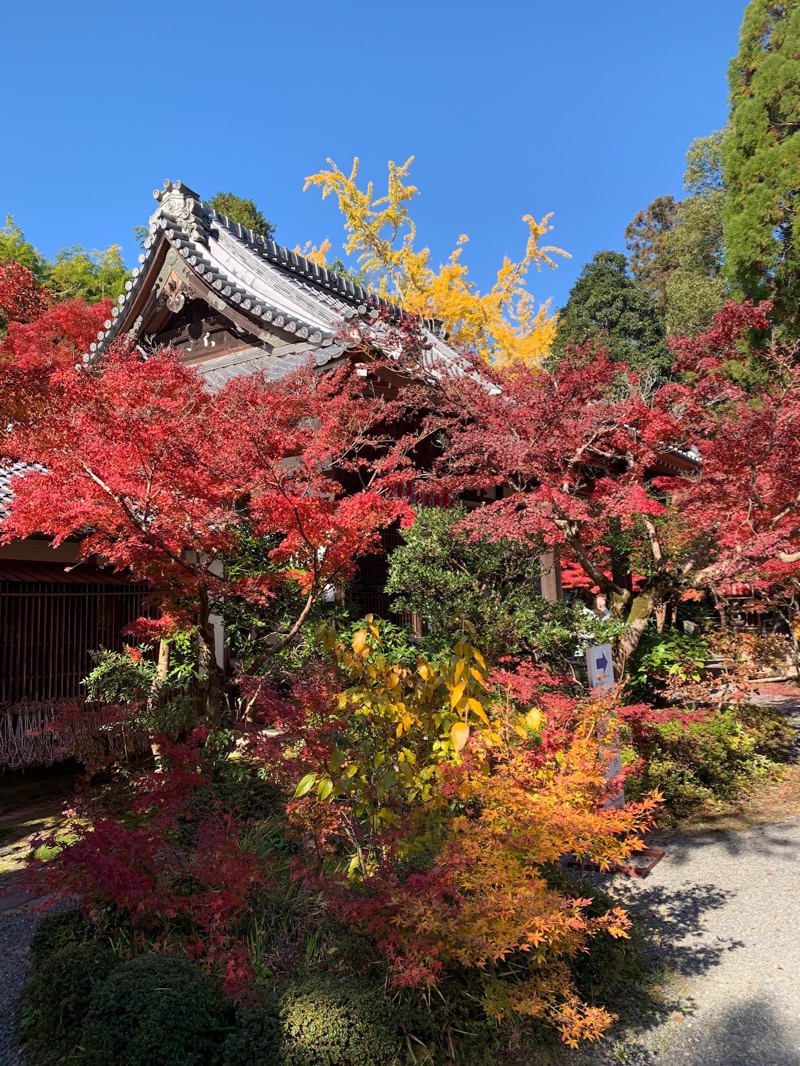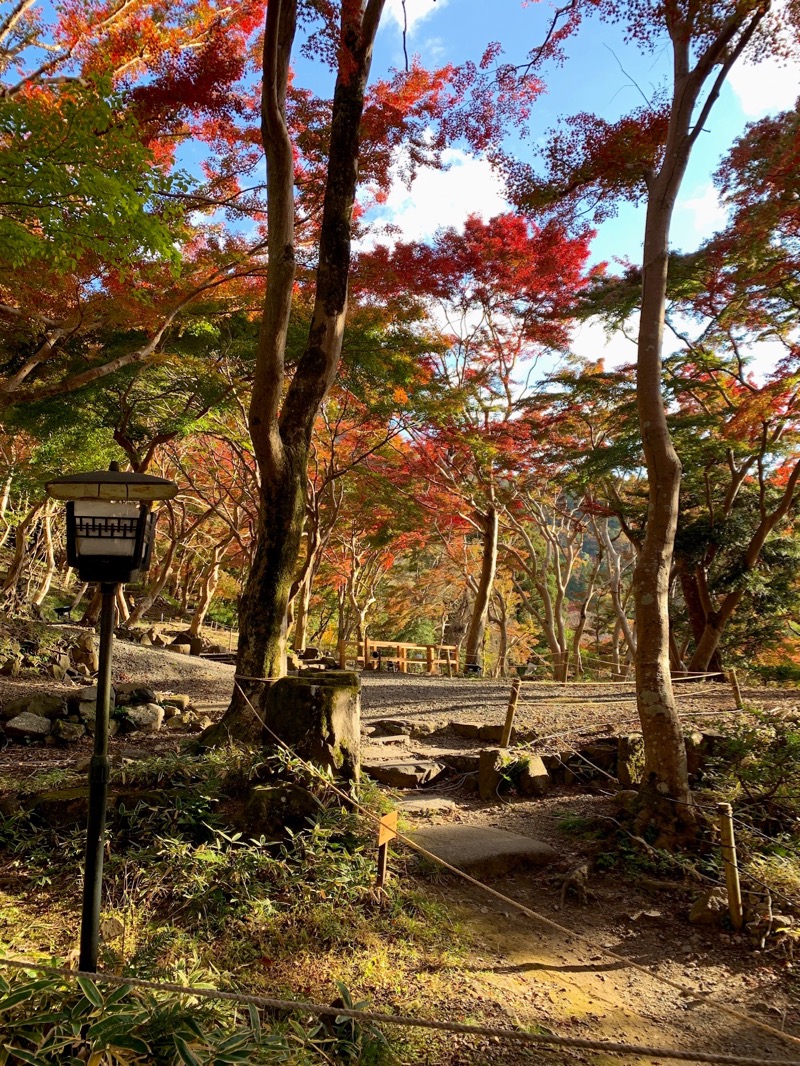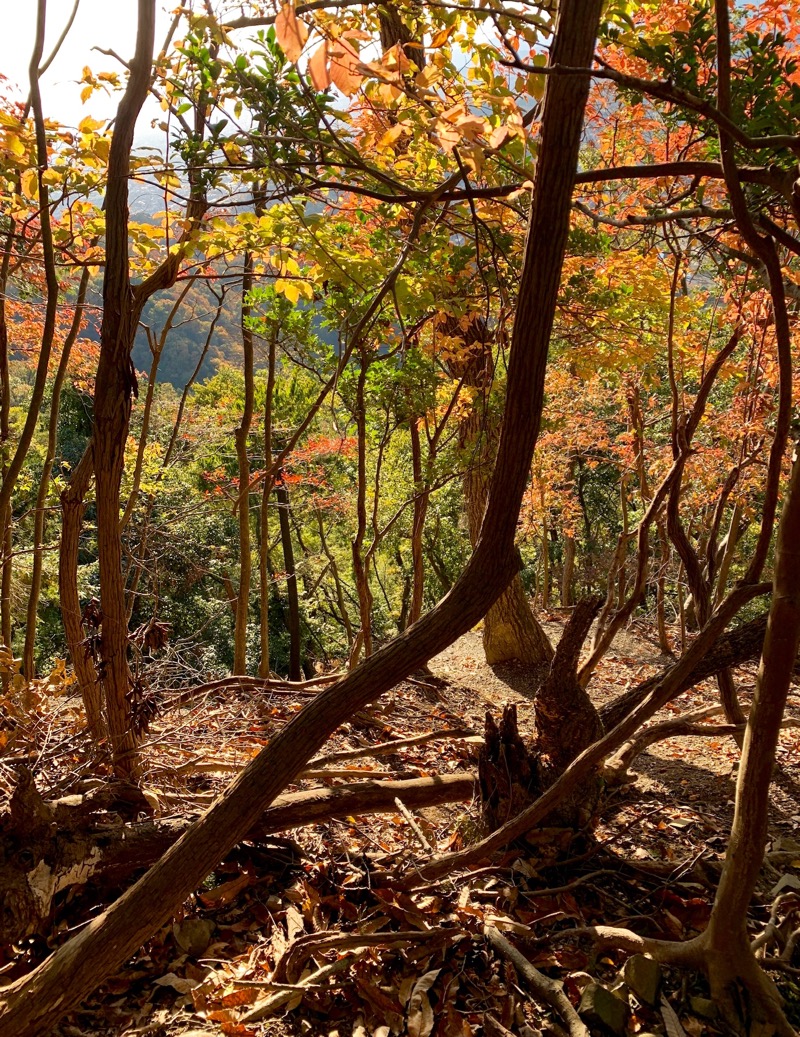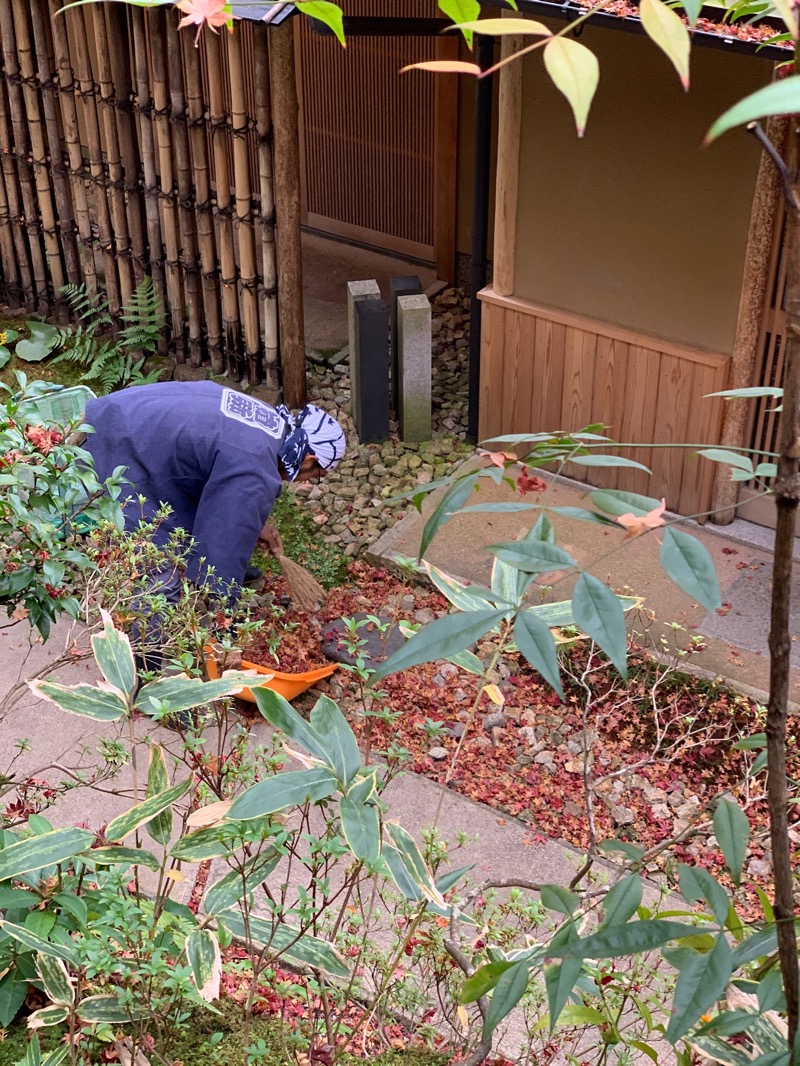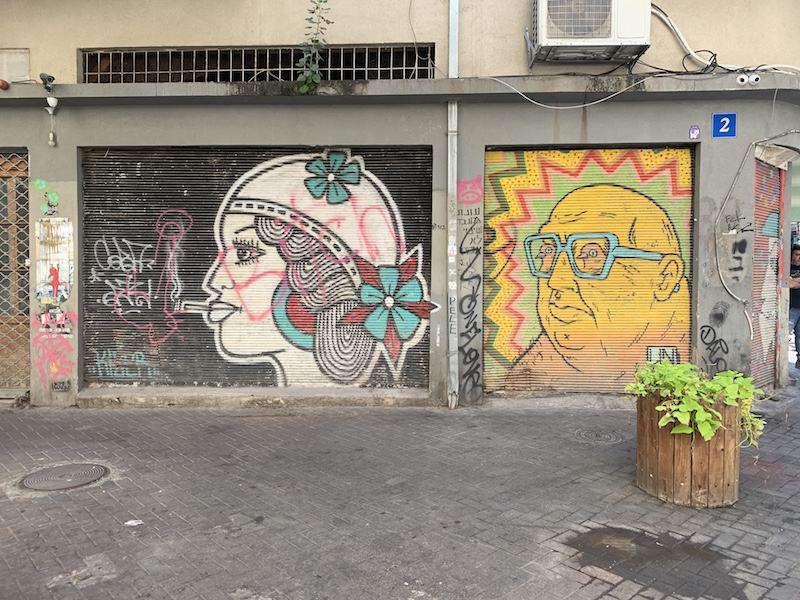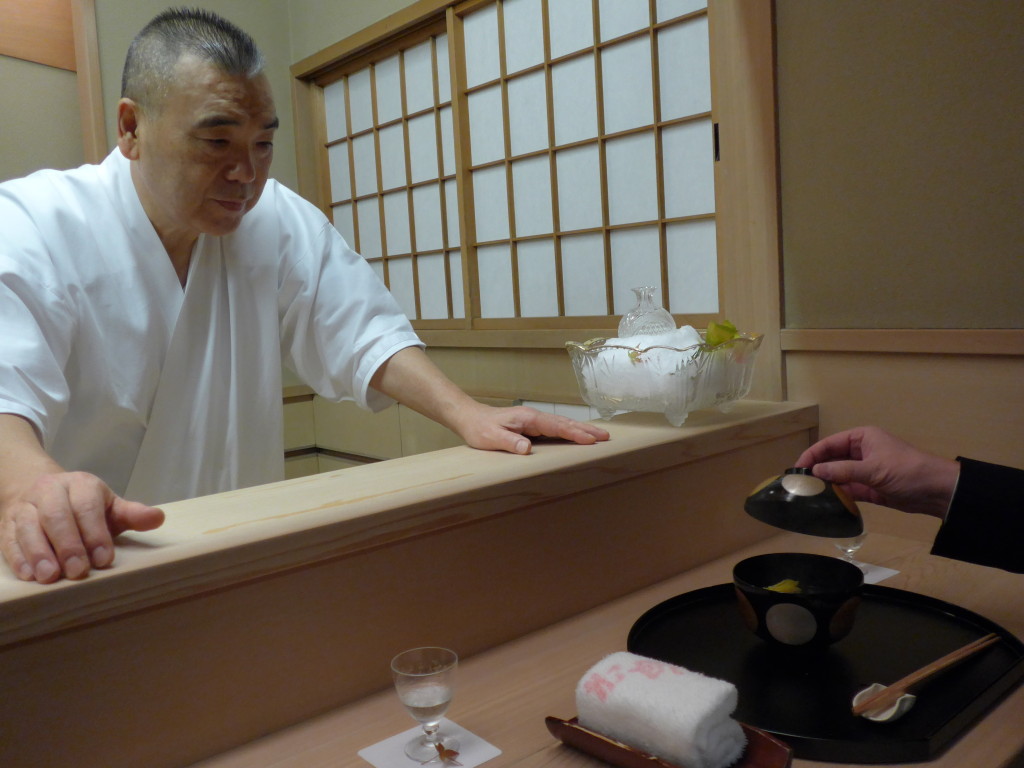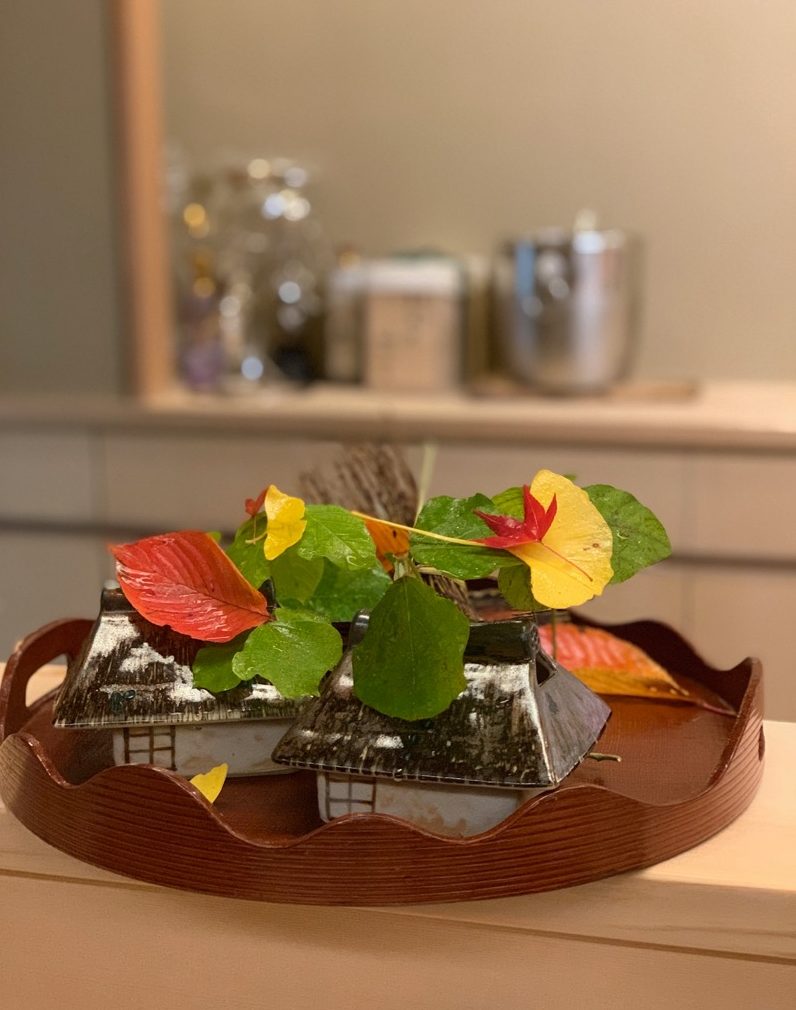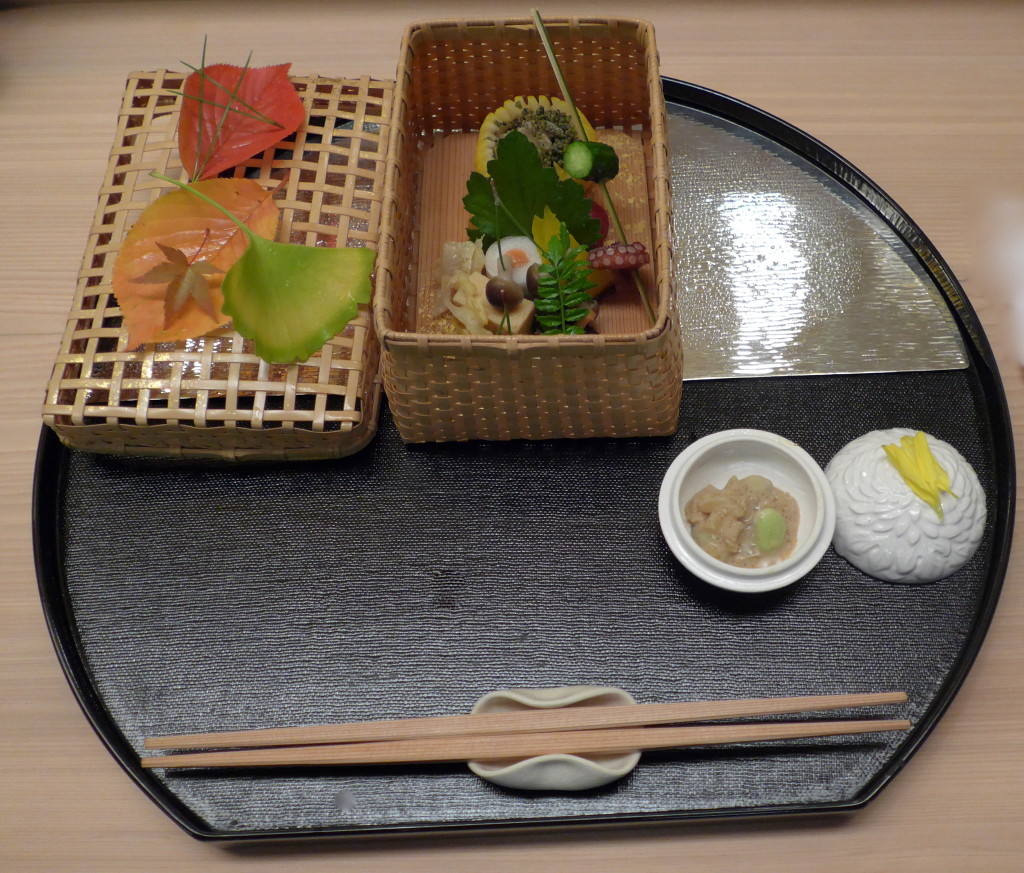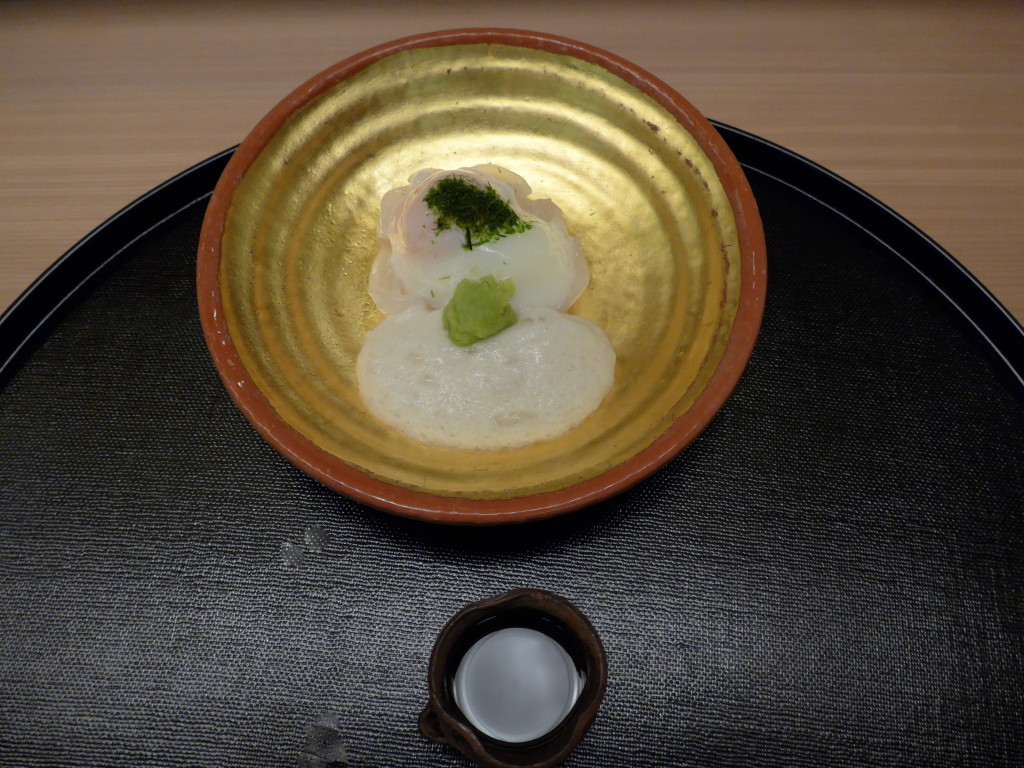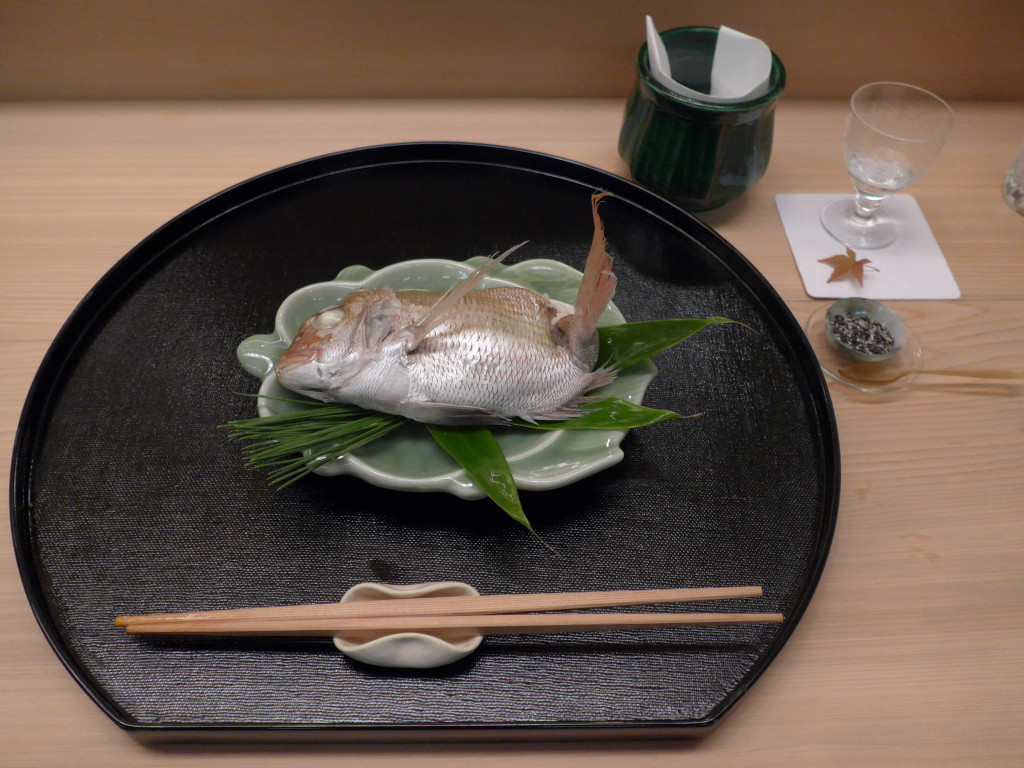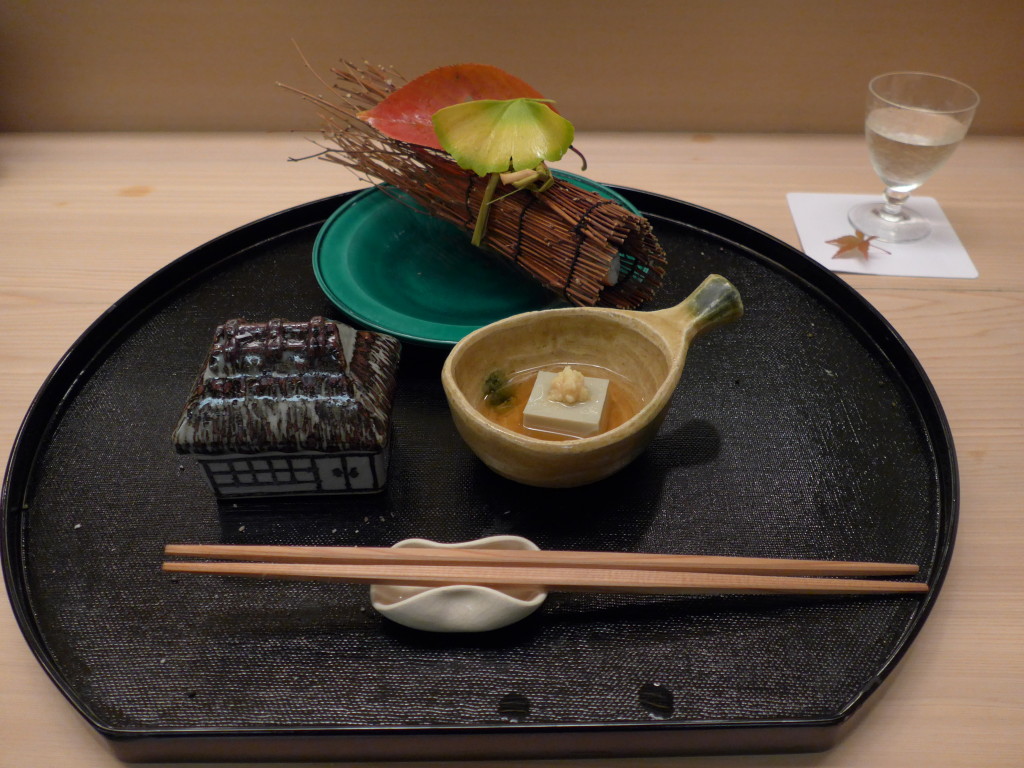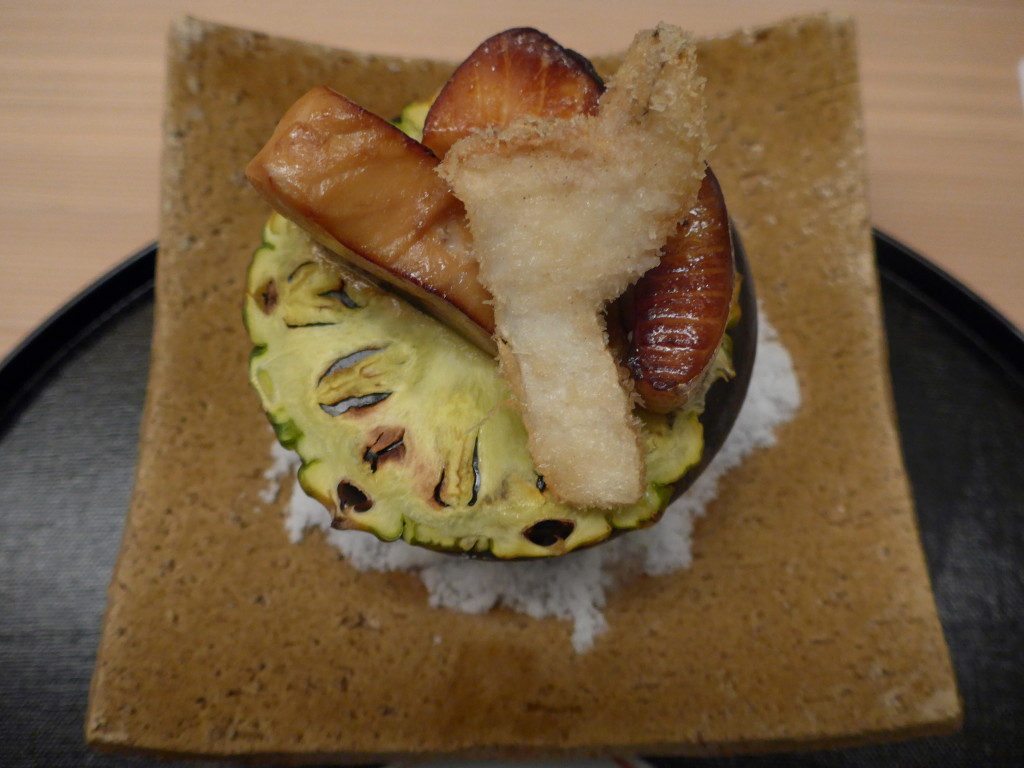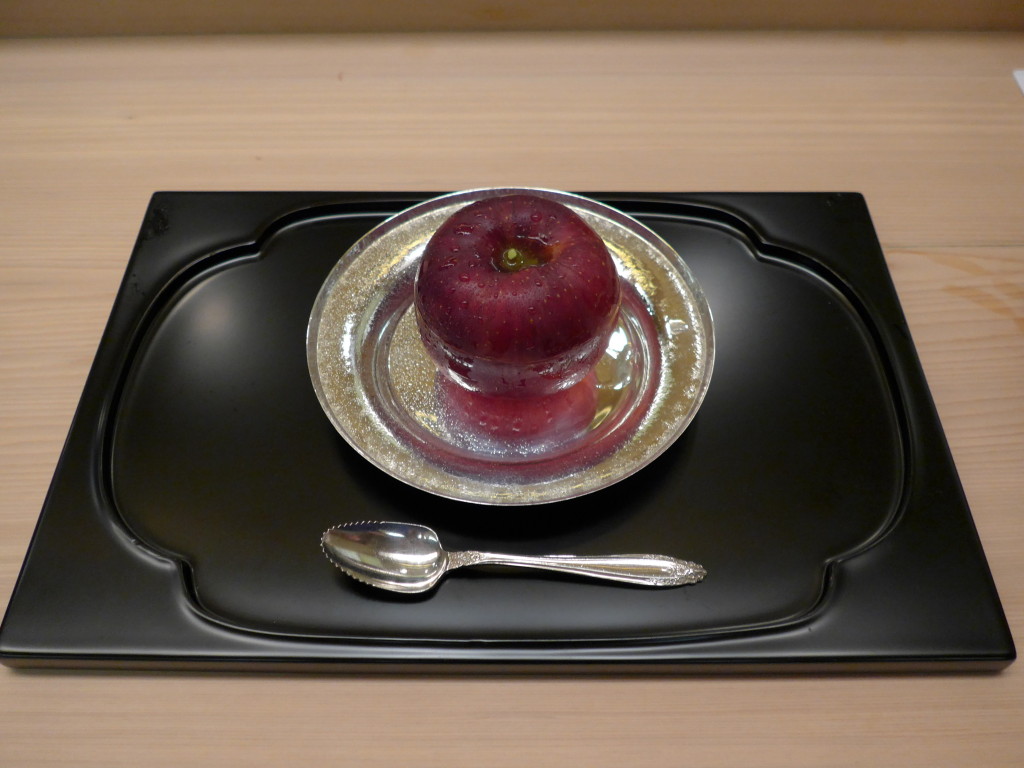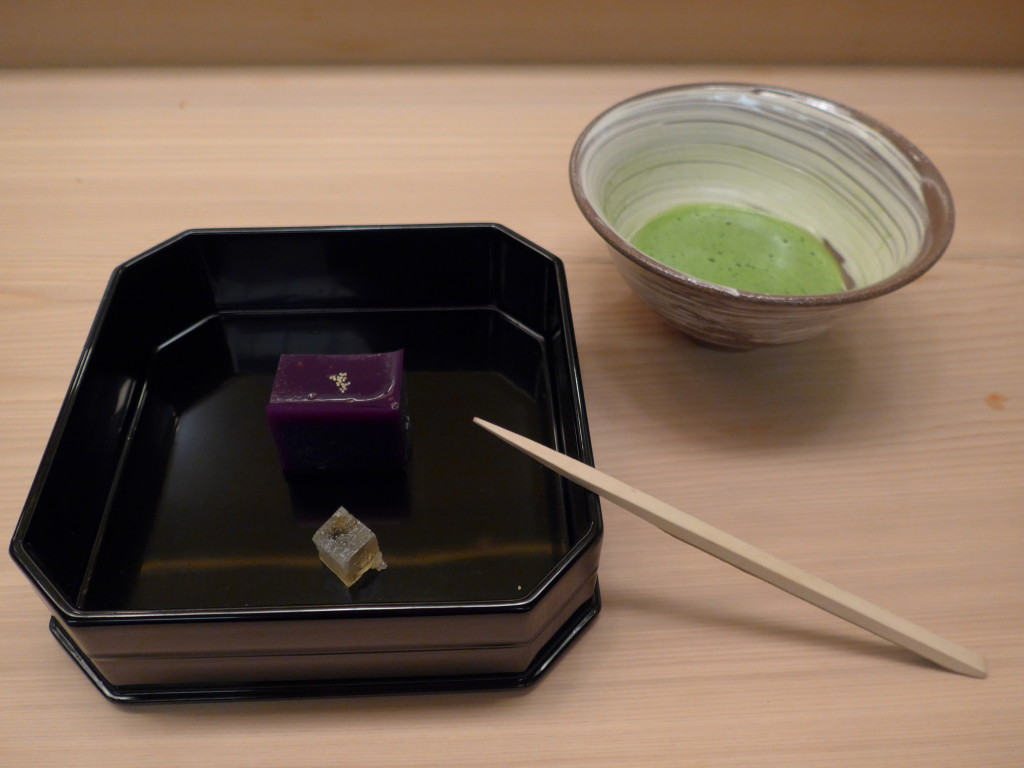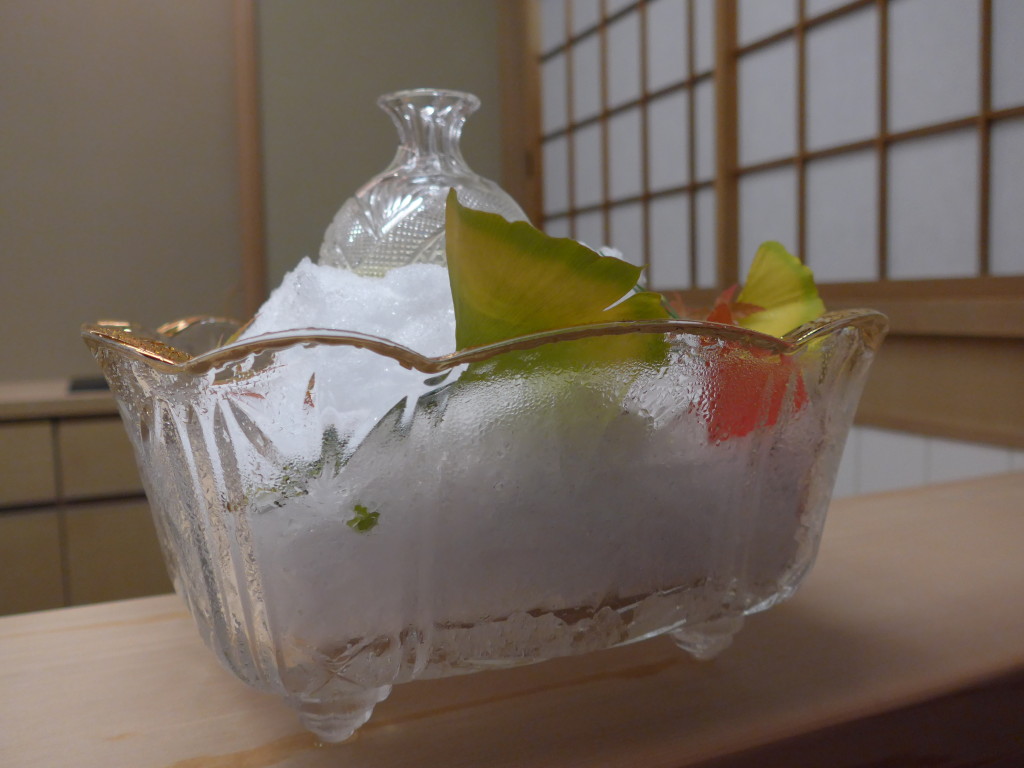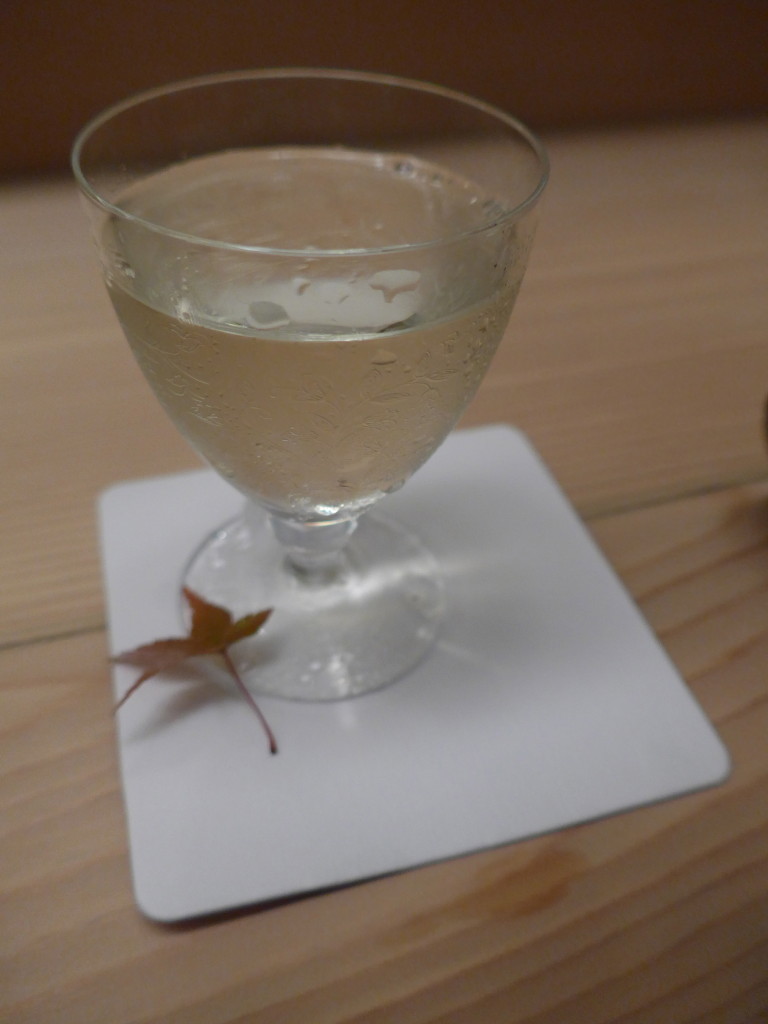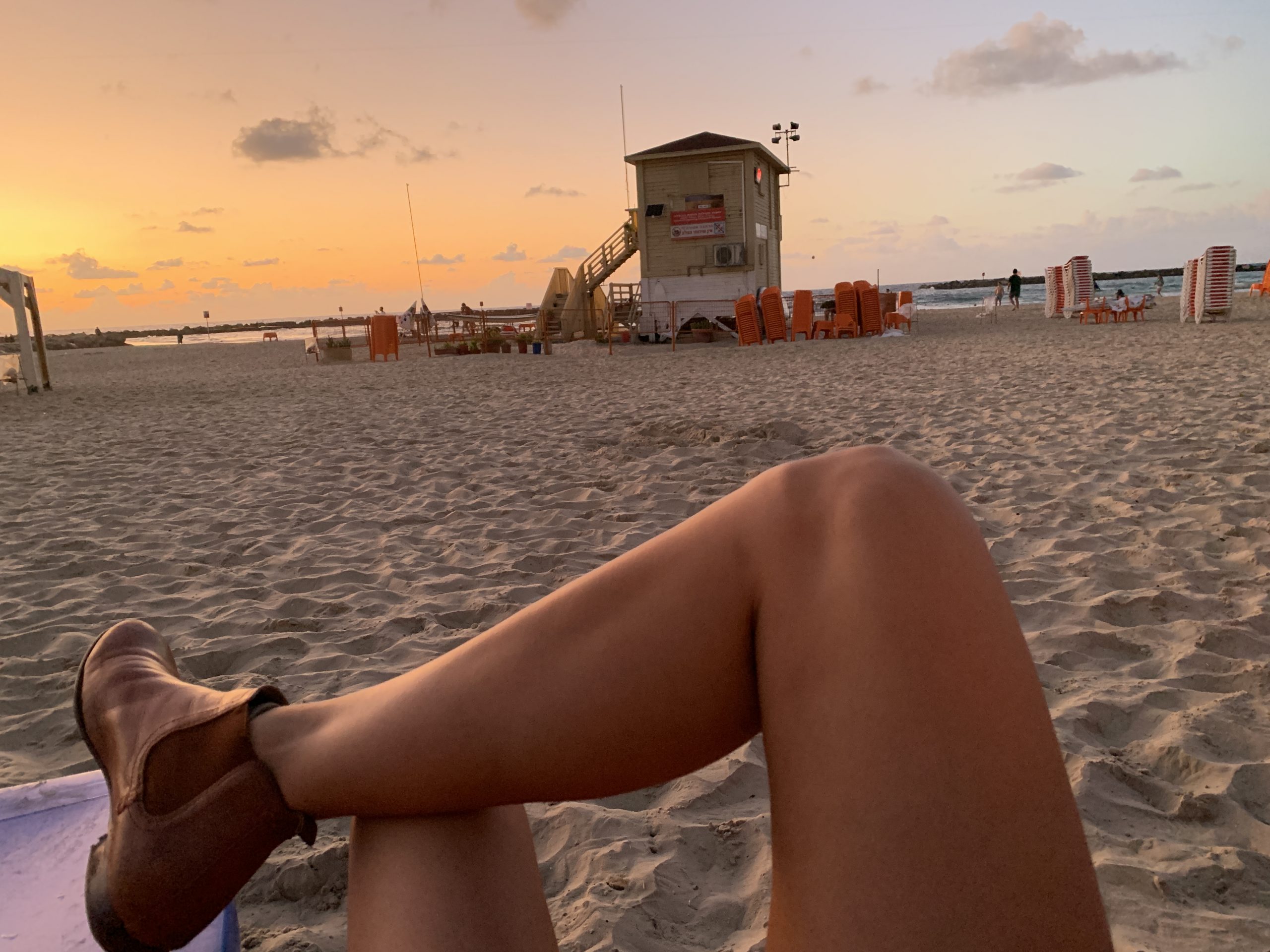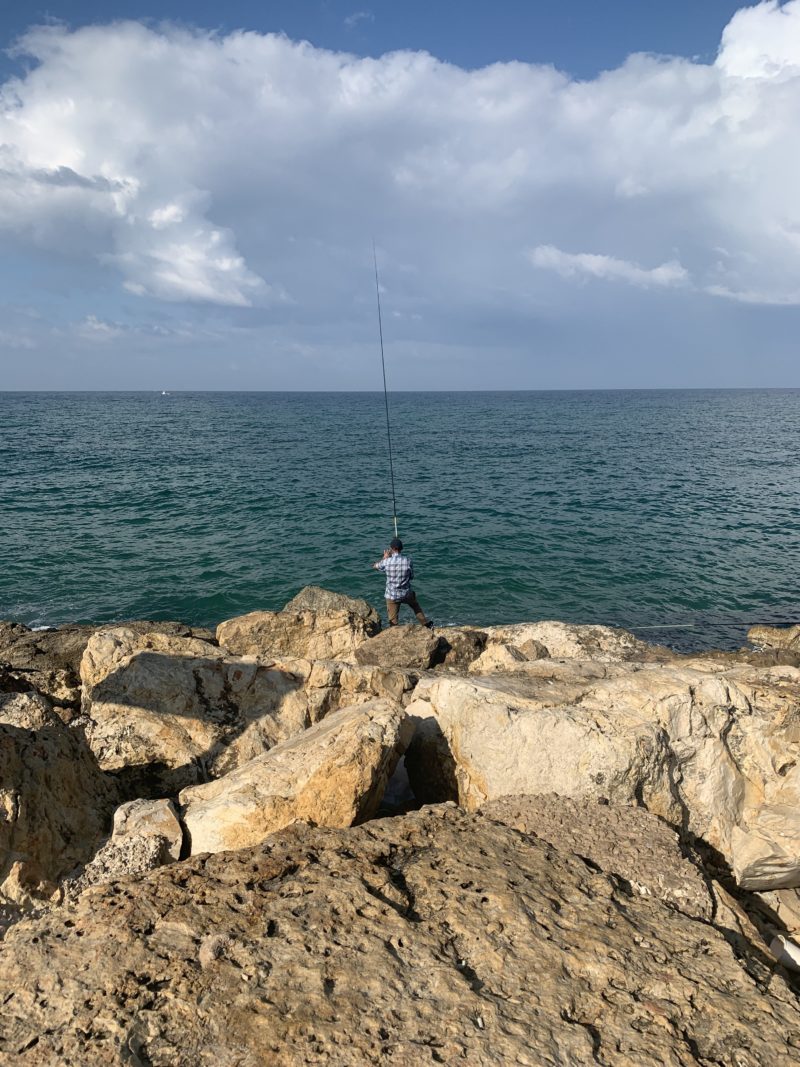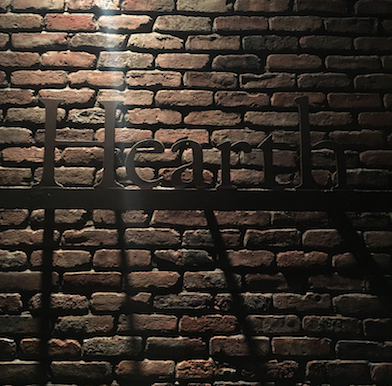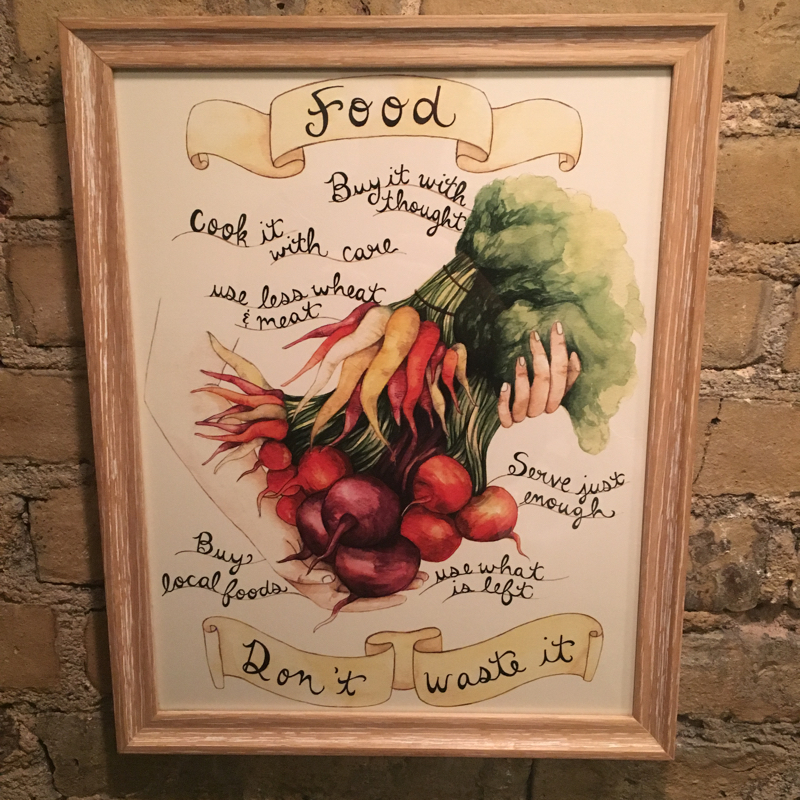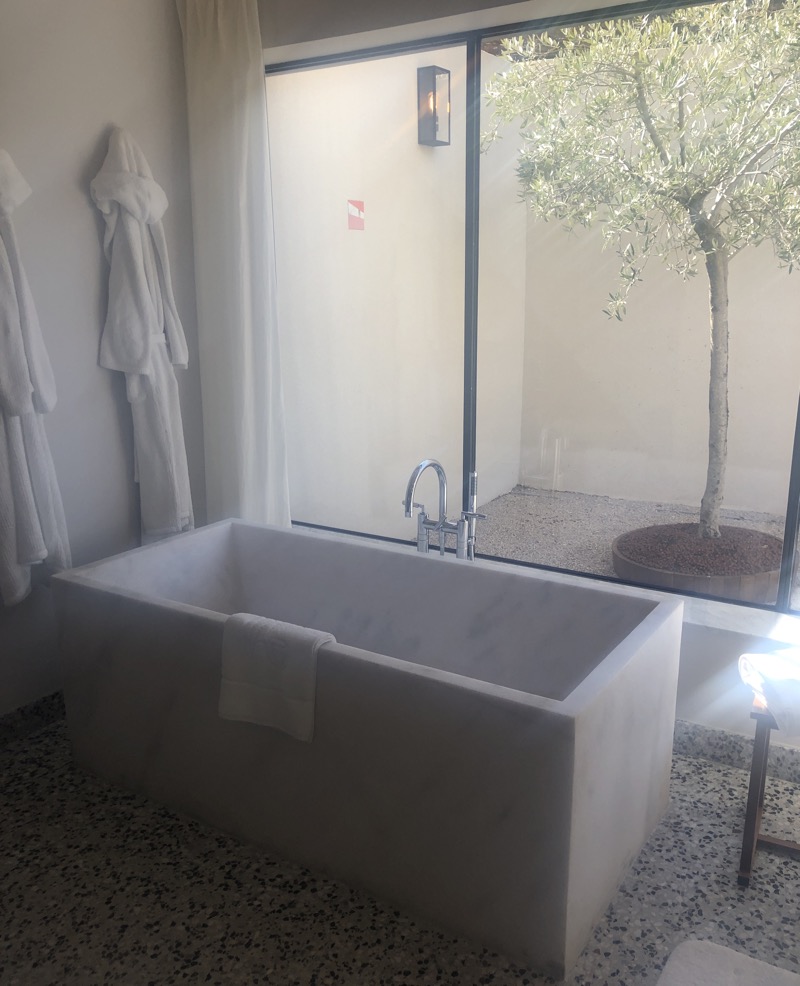Dining Experience: The best meals are more than food
The best meals I had recently were far more than eating at the finest, most coveted and hard to book restaurants in the world, but about the dining experience per se.
Raising the bar of eating out, many globetrotting foodies seek to learn something as well as to enjoy the dining experience in a great company. Sharing is not just caring, but connection is a deeply ingrained need that we crave. By enjoying a great meal with authentic and happy people, two fundamental needs of humanity are fulfilled. What a force such satisfaction generates! Within minutes, life feels bright — intensified by the emotional rollercoaster fed by a sublime meal and the spirit of companionship. Redefining “luxury” in a world when more individuals can afford it and write about it on social media is natural. The ‘sharing’ environment had to dig into creating a memorable dining experience. I do not mean just posting photos and videos boasting of one’s luxuriant experience, but authenticity has further snagged into the AI world.
The best restaurants in the world today often grasp the importance of the dining experience
Some bread-breaking chefs injected more into the restaurant meal than just the noblesse expected from fine dining. The Adria brothers in Spain were the forebears of this trend. The dining experience, the wow effect and presentation fascinated not only the diners, but the chefs who passed through their kitchens. Jose Andres, the Roca brothers or Heston Blumenthal would not exists without El Bulli, as much as the authentic farm to table movement would unlikely had taken off without Dan Barber’s Blue Hill at Stonebarns and L’Arpege or foraging without Noma. Rewind a few decades further back to Paris, where the presentation of the food was a spectacle bulging the eyes at La Tour d’Argent. The creative gimmicks would draw in eccentrics like Salvador Dali. Impressive dining out is not that new after all, but the techniques have evolved into the 21st century tech.
The best meals I had in 2019
I have dined at what are viewed by some influential awards and guides “the best restaurants in the world” over the past twelve months (and in the years before). I traveled purposefully to some destinations for food. I returned to my old favourite dining dens. I followed the insider advices from the globe-trotting foodies I trust and booked into some up-and-coming restaurants. I begged others to get me into some notoriously hard to book places. The last has curiously unfolded in Bangkok (read further down).
It was not the meal and yet another faulty service (we live nearby) at Mirazur, labelled as the World’s best restaurant in 2019, that imprinted the wow into my memory. Even our great company could not overlook the waiter dropping the food on the floor and some of Mauro Collagreco’s austere plates. Although, some dishes this time were excellent, but these were cooked by another three Michelin guest chef from Odette, Singapore. My best meals were more balanced and surprising, while including lasting impressions from the dining experience.
In New York, the friendly team at Atomix initiated us into Korean dining. This experience ushered our new appreciation for the food that I thought of as being the most overrated. After visiting Korea over a decade ago, I was not curious about having more of the ultra-spicy, I cannot taste the taste of anything else, rice with ‘things’. When a chef flips your opinion upside down, I am impressed and humbled by my own ignorance. Benu in San Francisco has also deepened our fascination with the Korean culinary techniques, its ingredients that blend China and Japan in their geographically natural heritage. Corey Lee has directed the tasting menu in a balance between the yummy ease and complexity. We continued our Korean discoveries in America by finally sitting at the counter of Momofuku Ko. Not only was every course in the tasting menu orgasmic, but the wine list was so well priced that we ordered for the first time over half a century old bottle of Cheval Blanc! How barbaric we were to forego such a gem in the city we spend at least a month each year? We changed. Nevertheless, I have to return in 2020 to write a fair review of all.
In Paris, Eric Frechon at Le Bristol stroke the perfect cords on our palate’s instrument. The culinary maestro’s disinterest in fleeting food trends, faithful to the French culinary heritage, took the precious time to master so many dishes on the tasting menu. If consistency is what you seek, come and rejoice. The patio garden on warm days pleases the soul, while the frescoed dining room awakens the regal spirit in you. Ledoyen by Yannick Allèno offered at least as satisfying splendour in a more contemporary French meets global influences concept. The fine dining experience in Paris still can be as classic as the French gastronomic meal can realistically be. Honestly, that is what I want right here in this hub of French culinary creativity.

In Copenhagen, 108 got me with their Rausu Konbu Ice Cream with house-pressed hazelnut oil and sustainably raised Royal Belgian Caviar. Not trying to impress so forcefully as its sister restaurant Noma 2.0 does, the chef Kristian Bauman split from Rene Redzepi to head his own, more approachable culinary baby. Further, the zeal of the sommelier at 108 opened our palates to the natural wines without flaws. Comparing the quirky and often unpleasing gustatory ‘offness’ of the Noma dining experience (including their choices of natural wines by the glass), cycling there and back was perhaps the most pleasant part of that dinner. We ate twice at 108 during our first trip to Denmark, and we enjoyed the sourdough pizza at Mother more than almost anything served that summer at Noma 2.o.
All these stood above the rest in Asia, the US and Europe, that I indulged in over the past year. Some praise The Alchemist in Copenhagen. The new, rather provocative concept is intend on shocking the diner with their presentation of brain, plastic waste and other pressing issues on your plate. Food being so radically politicised does not taste that great to me. Stuffing you with opinions when you want to enjoy a great meal cannot lead to a true joy from the dining experience. Love it or hate it, the futuristic Vespertine in Culver City, LA is more fit in its Hollywood setting with the imaginative concept of dining. The four-to-five hours experience is yet unmatched in the City of Angels. The creative breath touches upon the fashion attire of the staff, even the perfume that you take home was masterminded by the chef. I am intend on returning.
Casual street food in the spotlight
In Bangkok, my local friend, whose father has been frequenting Jay Fay‘s street eatery for decades, managed the first seating at this Netflix phenomenon. Only because of this loyalty that the family of the septuagenarian wok chef levied a table for us with only a few week notice. It was fully booked until the end of January when we ate there the first week in November. The meal was so worth the effort. Sharing the Chinese-Thai seafood plates at Jay Fay with Thai friends was an unforgettable dining experience. Bourdain started it, yet 21st century sealed the recognition of an authentic, unfussy excellence of casual food. The Michelin-starred street food has redefined the French guide global expansion. In Japan, Singapore, Thailand and Hong Kong, now the coveted star is awarded to often outdoor stands, perfecting their food above the local standard.
On the opposite spectrum of the hot Bangkok dining, Sorn, the fine and proper Southern Thai restaurant is rumoured to be biased against the locals when trying to reserve a table. To be fair, there are only a few tables and many locals might be more critical about their native food, although cooked very well, being priced so high. Our table’s experience glimpsing at the clay pots sizzling in the open kitchen went with a gratitude to a foreign foodie, frequently bringing other farang to this restaurant, who vouched for our booking. We would love to return. Read my post on The Best Thai Restaurants in Bangkok now.
I should include the superb sourdough pizza in Tokyo or the exquisite cheesecake I had to order a week in advance. It was after all the experiences that set them apart from anything else we did food-wise last year. At Savoy, the neighbourhood pizzeria in Roppongi, we ended up after a three Michelin kaiseki dinner in in Tokyo. The cosy interior warmed by the wood-fired pizza, and the camaraderie inside creating a pure hedonistic oishiii sighs felt fantastic. The sourdough crusted Margarita and Marinara were so superb that we ordered two rounds. Adding to my already hedonistic trip in Japan, after yet another multi-course kaiseki meal on my my birthday, I devoured an entire cheesecake by Mr. Cheesecake. A tip off by foodie friends directed me to pre-ordering this limited edition treat. Worthwhile that week-long wait was! The best cheesecake I had in years, if not ever (after quite a lot of great sake and wine my judgement is not a 100% spot on).
Breakfast (as I mused on the first meal of the day last year) is a meal too, so enjoying one of the best croissants and pain au chocolat with a friend visiting Paris must count in. We picked up the freshly-baked gluten marvels at 134 RDT, sat in a nearby park, and indulged in our perfect brekkie a la parisienne shielded from the summer drizzle by a giant oak.


Still, that would be unfair to the above, more complete and complex meals. Also, it is a sin to omit what many in America called the dessert of the decade — the Corn-husk meringue with corn mousse at Cosme, NYC, but that was prior to 2019, when I indulged in that incredible ice cream combo at 108 in Copenhagen. My favourites in 2018 were different. My choices for 2019 reflect my personal dining experience over the past year. I do not claim these are the best restaurants in the world, for I do not even agree with such a discriminative titling, but these were the best meals I had over the past year, while transversing the world east to west from my base in Europe.
Over the past decade “Cooking served as both a commentary on the times and a refuge from the tumult, just as music had in the Sixties”, writes the US food critic JEFF GORDINIER in the December issue Esquire. Such a cultural appropriation of food and eating out in the highly globalised world today is fascinating. On a personal level though, it is friendship, and sharing my special meals with the wonderful people close to my heart that made all the best meals I had. Salut to friends and to my food loving husband, who is still my most frequent dining companion!
























